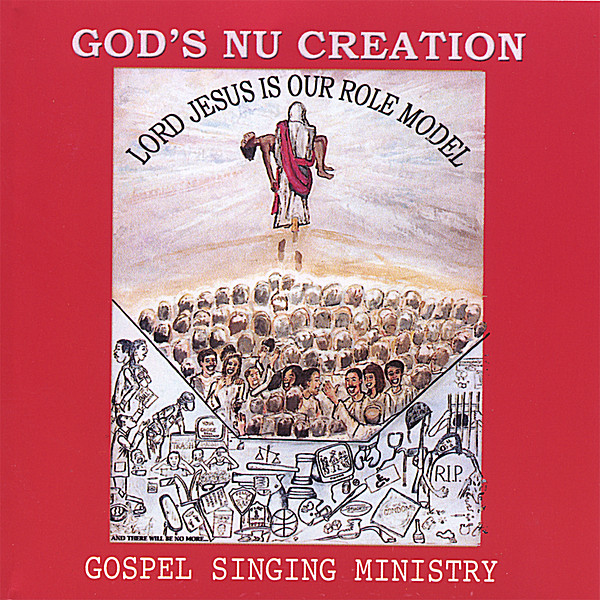
In ad 978, Aethelred the Unready acceded to the throne of England and married Emma of Normandy, two events that appear to have precipitated the cascade that inevitably led to the Battle of Hastings. This book chronicles Emma's subsequent marriage to Canute after the death of Aethelred's son, Edmund Ironside, and the reigns of Harold I and Harthacnut, whose lack of offspring allowed Edward the Confessor (another of Aethelred's sons) to return from exile and take up the crown. The Confessor's marriage to Edith, daughter of Earl Godwin, established the earl's clan as the power behind the throne. The childless Edward's deathbed gave the kingship to Godwin's son, Harold, though the early chronicles state that Edward had promised a previous claim to Duke William of Normandy (Emma's nephew). This broken promise led to the confrontation at Hastings, where a lack of archaeology, along with archaeological finds nearby, supports Stephen Fletcher's claim that the commonly accepted site, in the town of Battle, is in fact not the true location. His claim is more strongly substantiated when the site is compared to the chronicles' description of events, so where did the decisive conflict actually take place?







